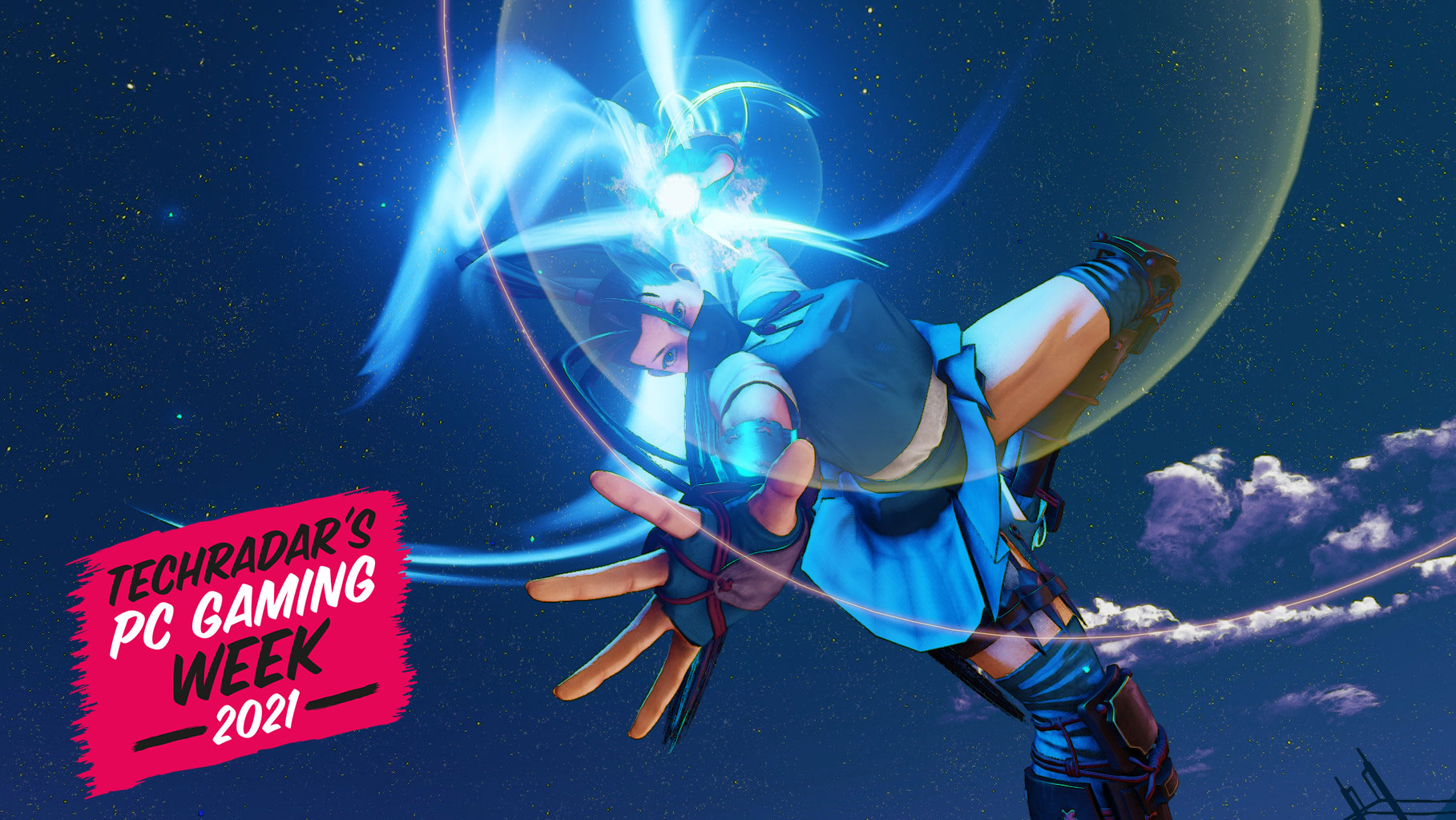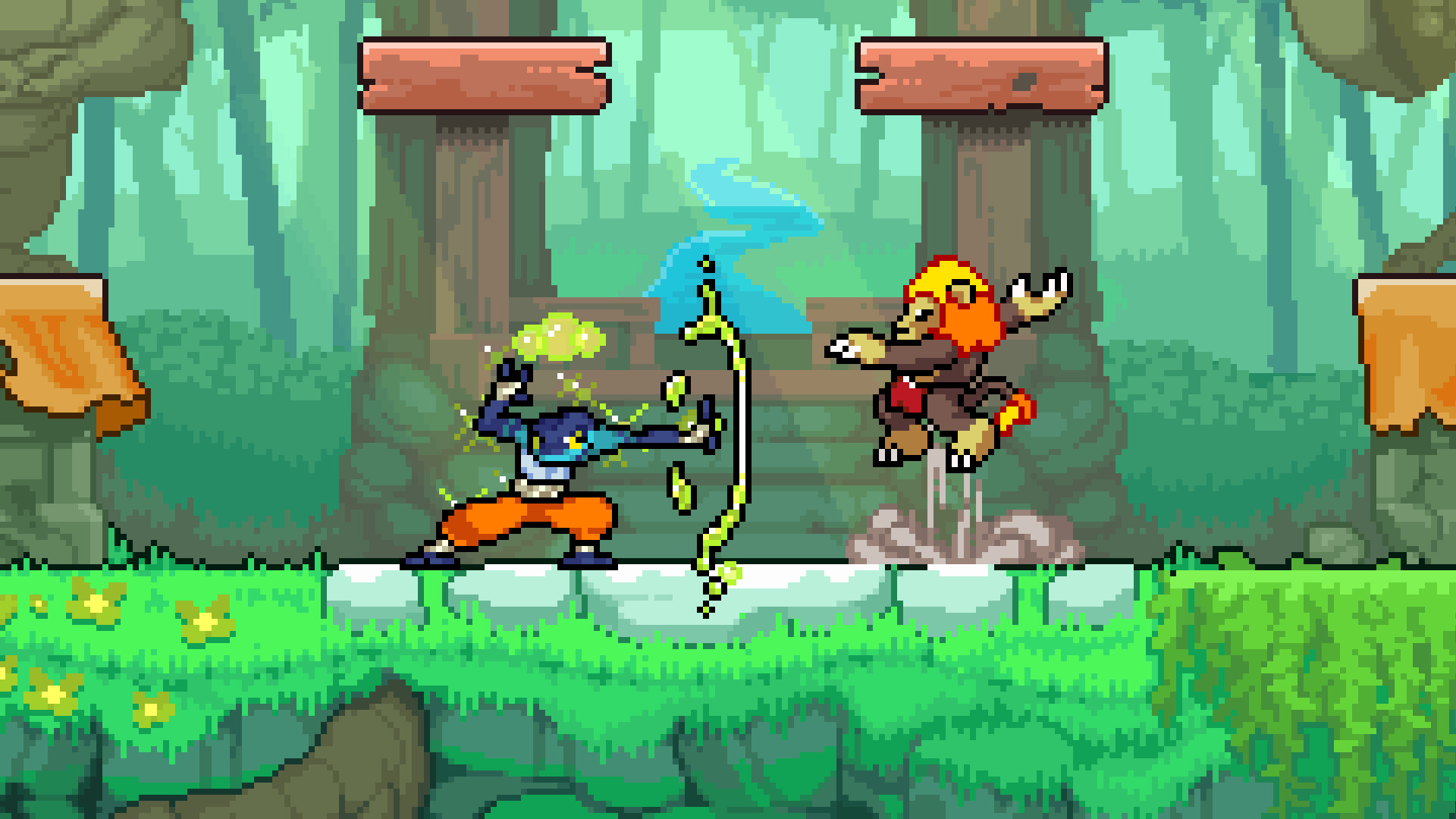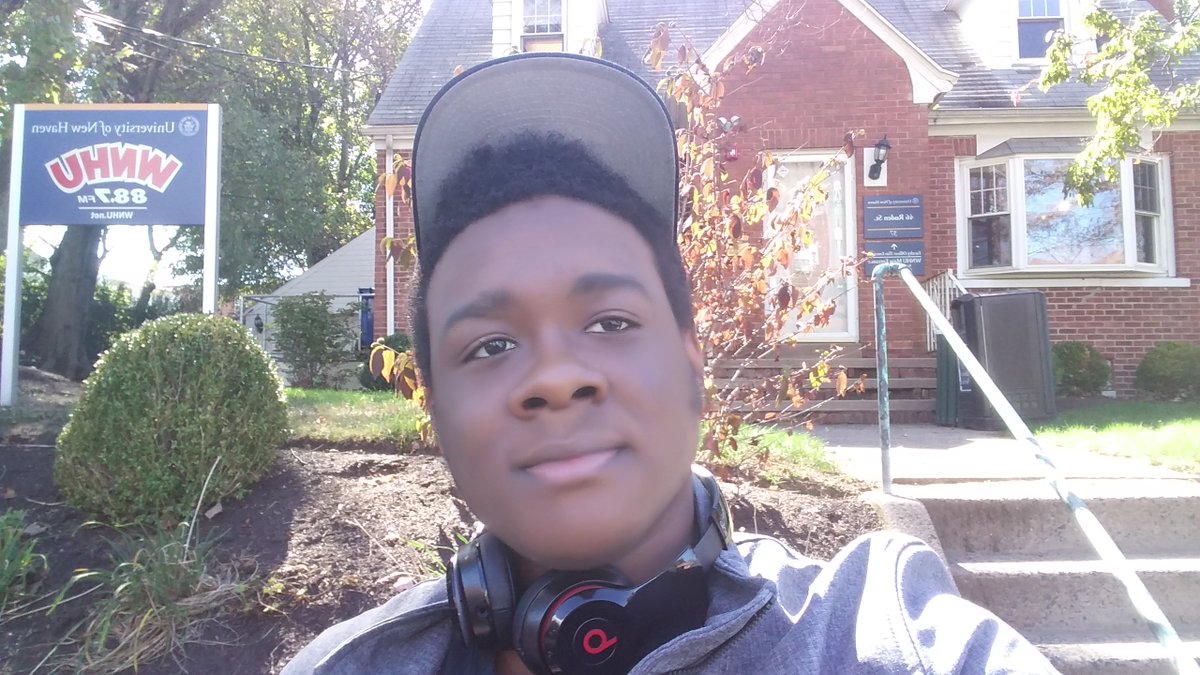Fighting games are bigger than ever on PC – but there’s a long way to go

Fighting games often run best on a gaming PC, boasting customizable settings and improved frame rates to ensure a consistent experience. Beyond that, they differ very little from their console counterparts, leaving open a wide-open space that could help promote the community aspect of the fighting game community, which as a genre built upon one-on-one competition, is its strongest feature. Developers could reach out and take advantage of the platform to promote community, creativity and aid in the game's development process.
When arcades outpowered home consoles, developers cut back on games to keep them running well at home. If it wasn't on arcades, it wasn't the same game. The original Mortal Kombat saw releases in arcades, on Super Nintendo, and Sega Genesis. The home versions famously censored the historically violent fighting game series' blood.
But there were also more minute differences between the versions, things from frame rates to move properties. So, to manage this – the competitive scene agrees to play on a single version of the game. The PC version isn't used at offline tournaments because of the costs and risks associated with running a series of normalized setups at tournaments, which are still primarily grassroots efforts.
A change of pace

Before covid, tournaments for most games were run on the PS4 because it was readily available and much more suited for offline competitions where people are using all sorts of controllers. Now that most tournaments are online, PC has become the norm. However, even before this, it was known that the PC versions of most games performed better than their console counterparts.
For instance, when tested with an Nvidia Reflex Latency Analyzer, Arc System Works' recent fighting game, Guilty Gear: Strive, has 4 frames of input delay, the time it takes for your button press to appear on screen – while its PC version, under optimal settings, can have but a single frame of input lag.
To people unfamiliar, this might not seem like a big deal. However, most fighting games run at a capped 60 frames per second, making a move like Leo Whitefang's Zweites Kalt Gestöber – an attack that requires the defending player to block in the opposite direction – especially vicious on console because those extra 4 frames take it from – as of the release version of the game – hard to react 16 frames at its closest activation to an impossible 12 frame move that you can only block on a guess. While you could alter the frame data on consoles to match the higher input delay, it would retroactively make the entire game feel more sluggish as a result.
But now that so many people are playing games on their computers, it would be an excellent time to reexamine what developers are and aren't doing on the platform.
Sign up for breaking news, reviews, opinion, top tech deals, and more.
A question of balance
In May of 2017, Capcom put up a public beta test on consoles and PC for an upcoming version of Street Fighter V. This was a complete, separate application that people who owned the game could access and play online with the new character for a few days before release day. They also never did it again. Public beta tests aren't a new concept: whenever a new content season is announced in Dead By Daylight, it's available for public testing for a week, a whole month before it launches. Capcom hasn't done anything like this since Ed, and the practice is only frequently used by indie devs these days, like Autumn Games' Skullgirls.
New characters are added to Skullgirls' roster in an incomplete state. They are developed alongside the rest of the game until they are ready to be fully released. New Jersey FGC member, Ranfis "SpeedKing" Francisco, said, "I see that working for sg [Skullgirls] because it's a little more community-funded if that makes any sense. Capcom and Arc would never do that kind of thing cause it would seem unprofessional to show the character off before they're finished. You might chalk it up to differing expectations because SG is an indie game." In the past, Skullgirls has relied on community funding through Kickstarter for development costs.
While you don't want a new character to be weak, you also don't want them to be oppressively strong to the point where they dominate the competition, like Tekken 7's Leroy. Close after their release, Leroy was played by competitors who placed in 7 out of 8 spots in the top 8 of Evo Japan and was a dominant force for months until developers nerfed him. But such occasions are few and far between, and balance is hard to nail – getting some input from the player base, however, could help sand down the edges.
Games are more balanced now than ever before, tournaments are advertised, and there are comprehensive statistics for both the players and the developers to learn from. Those things are both on console and PC. Really – beyond all the balance and numbers, the developers could lean into and embrace the things that computers specifically bring to the table.
Bring on the mods

In the closing years of Rivals of Aether's development cycle, developer Dan Fornace and Aether Studios released modding tools and a steam workshop page to allow the community to easily create content for the game as the devs moved onto new projects. Over a year since its last character launch, Rivals of Aether still sees regular community-created content drops in the form of characters, stages, skins, and game modes.
Community-developed mods will happen; every major fighting game release with a PC version has a scene of people creating costumes and stages and even balance patches for their favorite games.
This kind of mod support should be more frequent because, as it stands now, fighting game consumers are split between the hardcore and the casual. Causal players would be happy to mess around with fan made content like in any other game, while the more hardcore people could add longevity and playability to their favorite games by implementing fixes and patches to their games.
In early 2020, a fan released a "network patch" for Street Fighter V that optimized the game's online features and enabled smoother play for those with it. In response, Capcom released their own version of the patch that included similar fixes. After development wrapped on Ultimate Marvel vs Capcom 3, modders continued to develop a custom community version of the game, and Slippi is a modded version of Super Smash Brothers: Melee with online functionality with rollback netcode.
The genre has come a long way and each major release brings more people into the scene. As games approach the end of their life cycles, modding tools could lengthen their lifetime by handing development over to the players.
- Welcome to TechRadar’s PC Gaming Week 2021, our celebration of the greatest gaming platform on Earth. Despite the global pandemic and ongoing GPU shortages, PC gaming has never been more vibrant and exciting, and throughout the week we’ll be reflecting this with a selection of in-depth articles, interviews and essential buying guides.
A child of 90's Arcades, Chazz Mair most enjoys experiencing new things with people he's never met before. Lover of fighting games, comic books, and radio. Chazz hopes to create stories that will help bridge the gap between people and shine a light on those who are often ignored.
